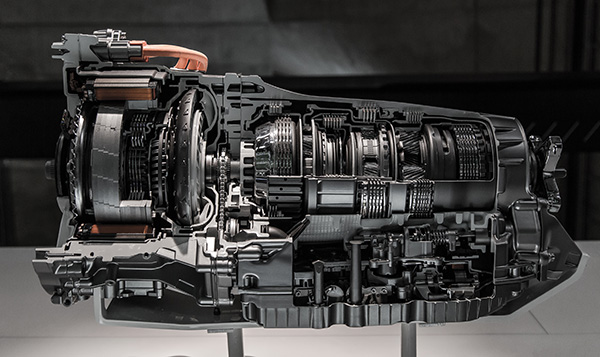
Have you ever wondered about the inner workings of automatic transmissions? Specifically, do they utilize clutches like their manual counterparts? Let's unravel the mysteries behind automatic transmission technology.
The Automatic Transmissions
To comprehend whether automatic transmissions have clutches, we must first understand how they operate. Unlike manual transmissions, which require the driver to shift gears using a clutch pedal manually, automatic transmissions use a complex system of fluid coupling and planetary gear sets to change gears automatically. This eliminates the need for manual gear shifting, making driving more convenient and accessible to a wider range of drivers.
The Role of Torque Converters
At the heart of an automatic transmission lies the torque converter, a hydraulic coupling that replaces the clutch found in manual transmissions. The torque converter transfers power from the engine to the transmission input shaft, allowing the vehicle to move forward or backward. While it serves a similar function to a clutch by transmitting engine power to the transmission, the torque converter operates using fluid dynamics rather than physical contact, making it a fundamental component of automatic transmissions.
How Automatic Transmissions Shift Gears
Instead of relying on a clutch pedal and manual gear selection, automatic transmissions use a combination of hydraulic pressure, electronic sensors, and computer-controlled solenoids to shift gears automatically. As the vehicle accelerates or decelerates, the transmission's control module determines the optimal gear ratio based on factors such as vehicle speed, engine load, and throttle position. The transmission then engages the appropriate gear by manipulating internal clutches and bands, allowing for seamless gear changes without any input from the driver.
The Absence of Traditional Clutches
Unlike manual transmissions, which rely on friction-based clutches to engage and disengage gears, automatic transmissions operate without traditional clutches. Instead, they utilize multiple internal clutches and bands that are actuated hydraulically to control gear engagement and disengagement. These clutches and bands work in conjunction with the torque converter to facilitate smooth gear changes and optimize power delivery to the wheels.
Addressing Common Misconceptions
Despite the absence of traditional clutches, automatic transmissions still rely on clutch-like components to function effectively. However, these components operate vastly differently than the clutch found in manual transmissions. By understanding automatic transmissions' unique design and operation, drivers can better appreciate the technological advancements that make modern vehicles more efficient, comfortable, and user-friendly.
Questions About The Transmission System
How does a torque converter differ from a traditional clutch?
While both components transfer power from the engine to the transmission, a torque converter operates using fluid dynamics, while a clutch relies on friction-based engagement.
Can automatic transmissions be repaired if the internal clutches fail?
Yes, internal clutches in automatic transmissions can be replaced or repaired by qualified technicians to restore proper function and performance.
Are there any advantages of automatic transmissions over manual transmissions?
Automatic transmissions offer convenience, smoother gear shifts, and reduced driver fatigue, making them popular for daily driving and stop-and-go traffic situations.
Ensure your car's transmission is in top shape by scheduling a comprehensive service at Tom's Auto Center today. Drive with confidence!